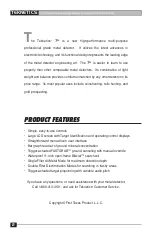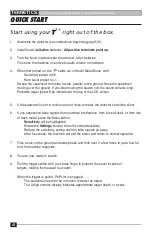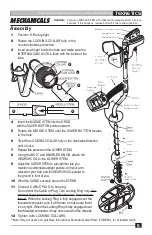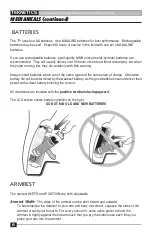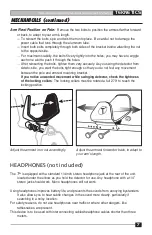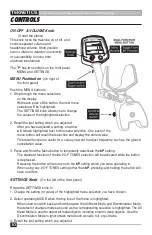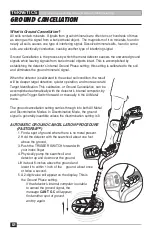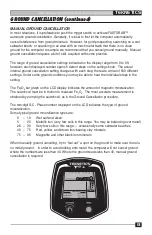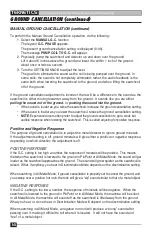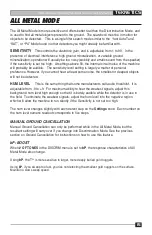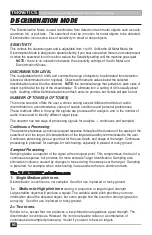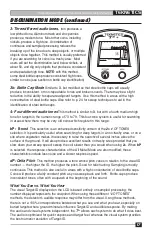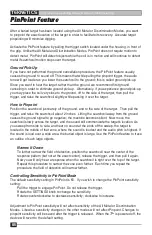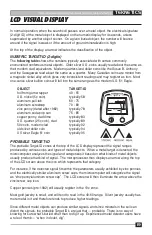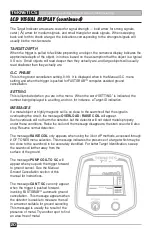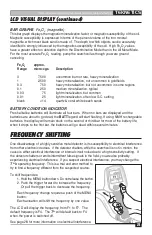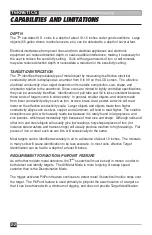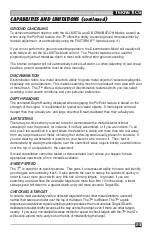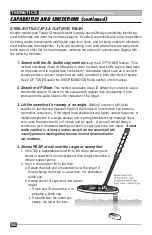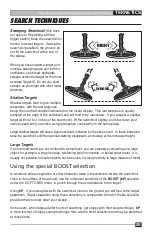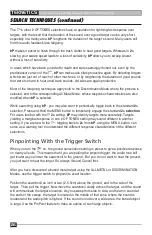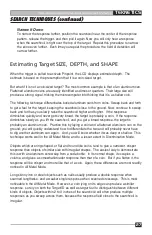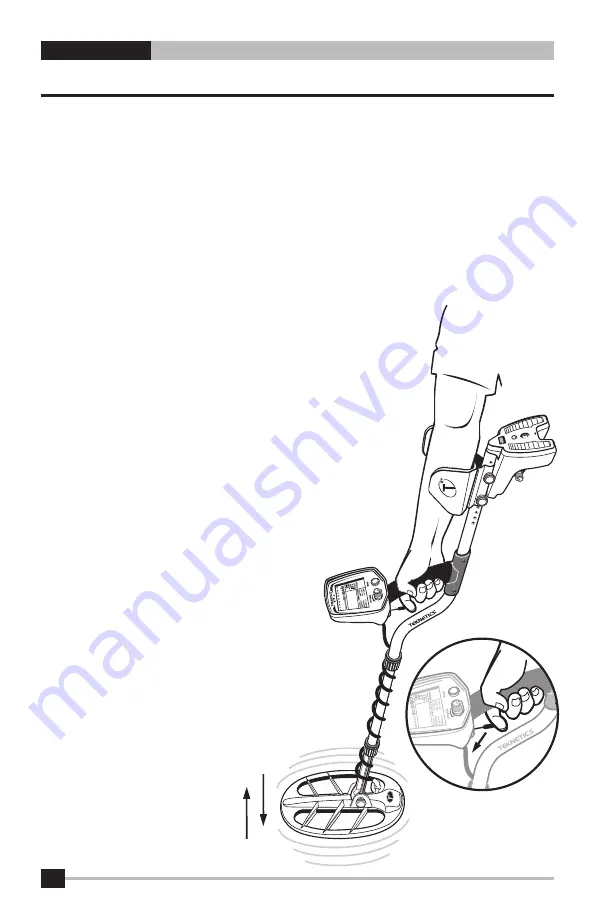
12
TEKNETICS
Comprehensive Operating Manual & Guide to Metal Detecting
GROUND CANCELLATION
What is Ground Cancellation?
All soils contain minerals. Signals from ground minerals are often tens or hundreds of times
as strong as the signal from a buried metal object. The magnetism of iron minerals, found in
nearly all soils, causes one type of interfering signal. Dissolved mineral salts, found in some
soils, are electrically conductive, causing another type of interfering signal.
Ground Cancellation is the process by which the metal detector cancels the unwanted ground
signals while leaving signals from buried metal objects intact. This is accomplished by
establishing the detector’s internal Ground Phase setting; this setting is calibrated to the soil
and eliminates the ground minerals’ signal.
When the detector is calibrated to the actual soil condition, the result
will be deeper target detection, quieter operation, and more accurate
Target Identification. This calibration, or Ground Cancellation, can be
accomplished automatically with the detector’s internal computer, by
pushing the Trigger Switch forward, or manually in the All Metal
menu.
The ground cancellation setting carries through into both All Metal
and Discrimination Modes. In Discrimination Mode, the ground
signal is generally inaudible unless the discrimination setting is 0.
AUTOMATIC GROUND CANCELLATION PROCEDURE
(FASTGRAB™)
1. Find a spot of ground where there is no metal present.
2. Hold the detector with the searchcoil about one foot
above the ground.
3. Push the TRIGGER SWITCH forward with
your index finger.
4. Physically pump the searchcoil and
detector up and down over the ground.
Lift it about 6-inches above the ground and
lower it to within 1 inch of the ground, about once
or twice a second.
5. A 2-digit value will appear on the display. This is
the Ground Phase setting.
If the detector’s internal computer is unable
to cancel the ground signal, the
message
CAN’T GC
will appear;
find another spot of ground
and try again.


